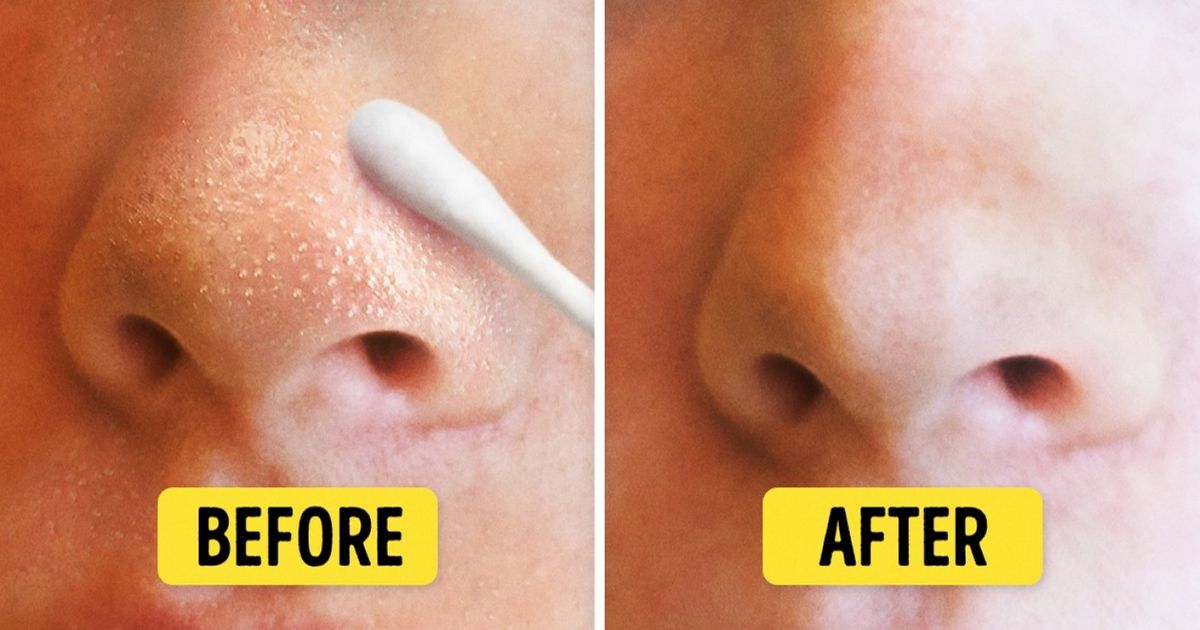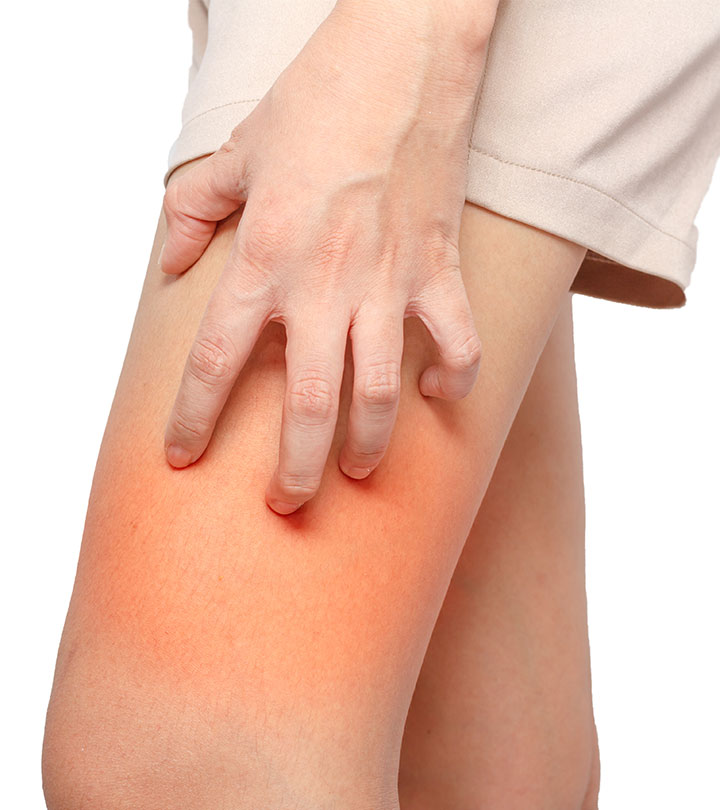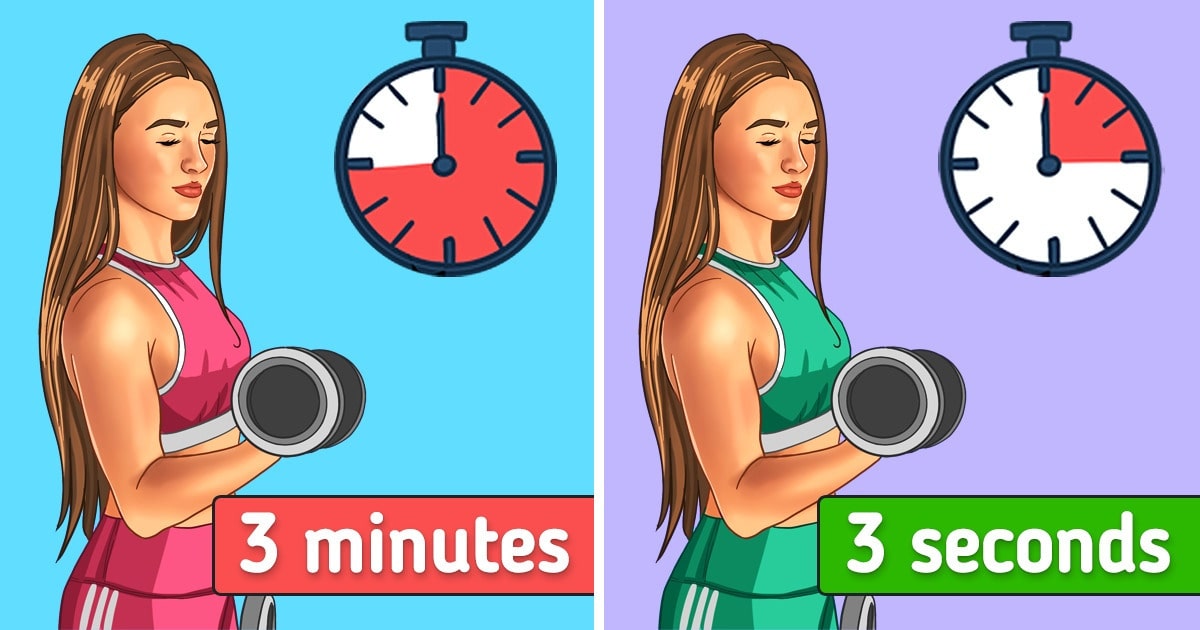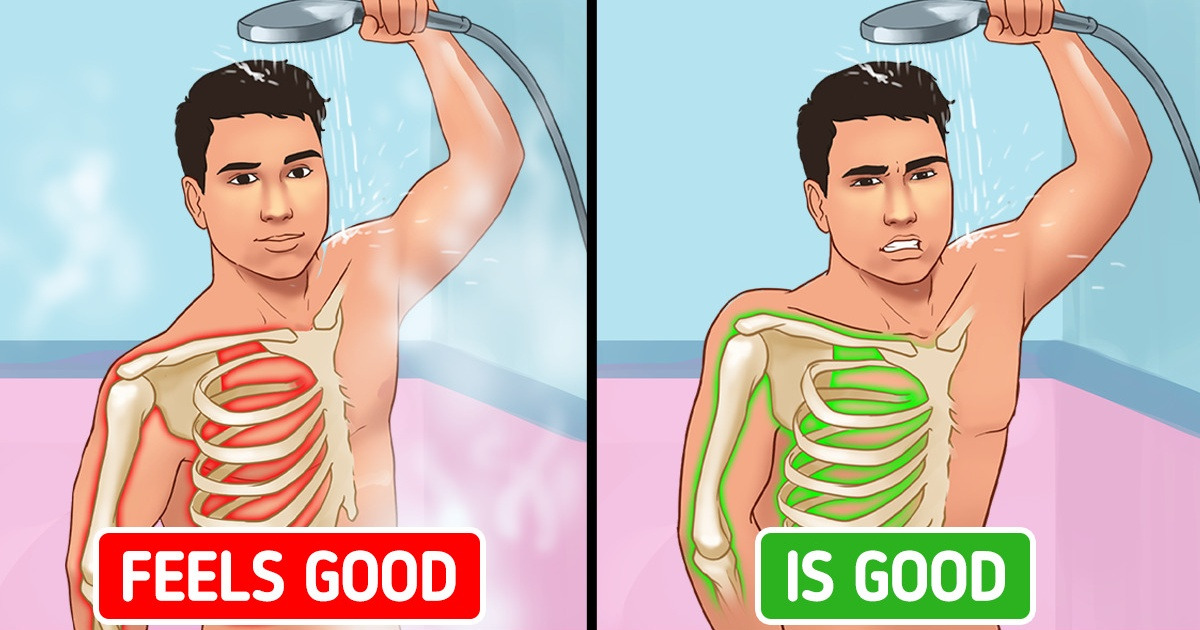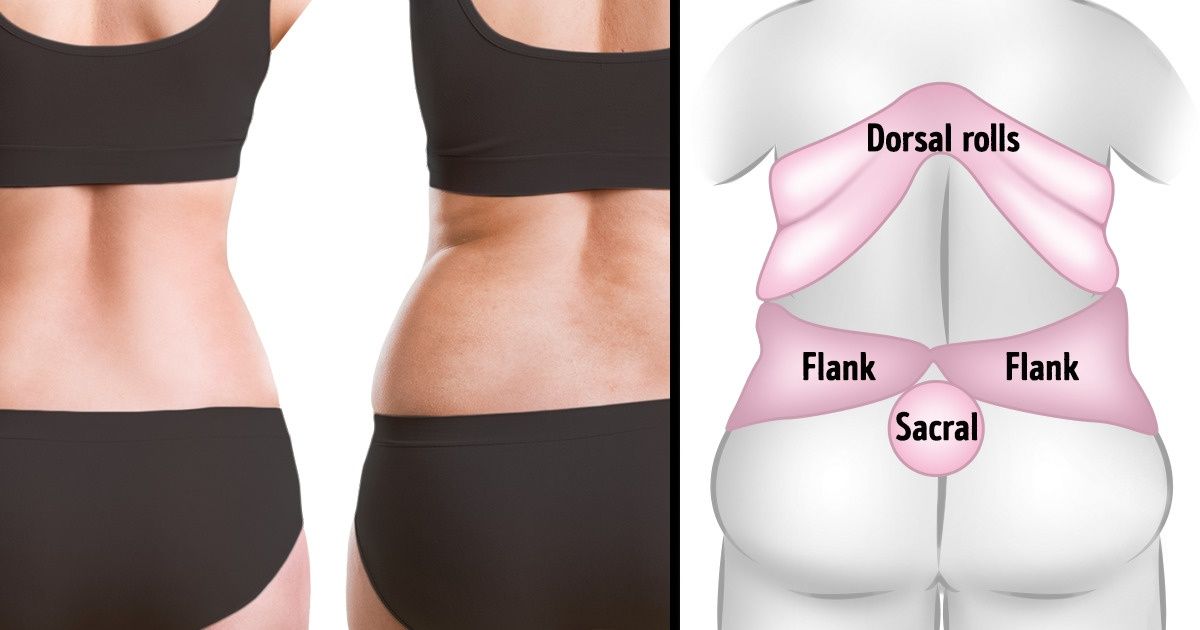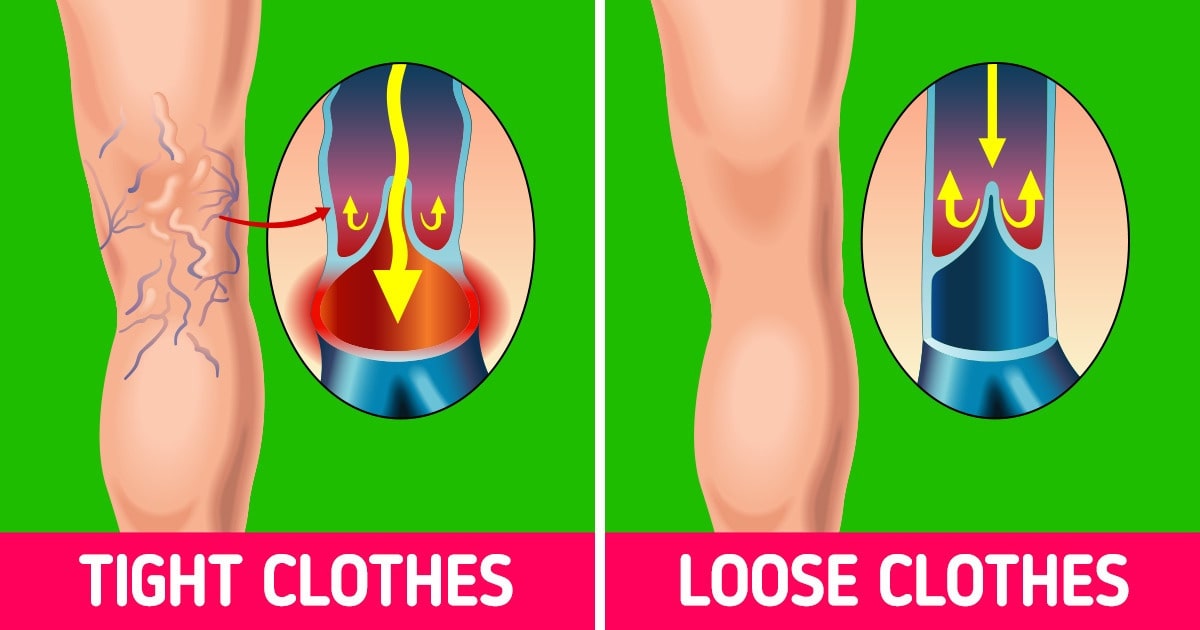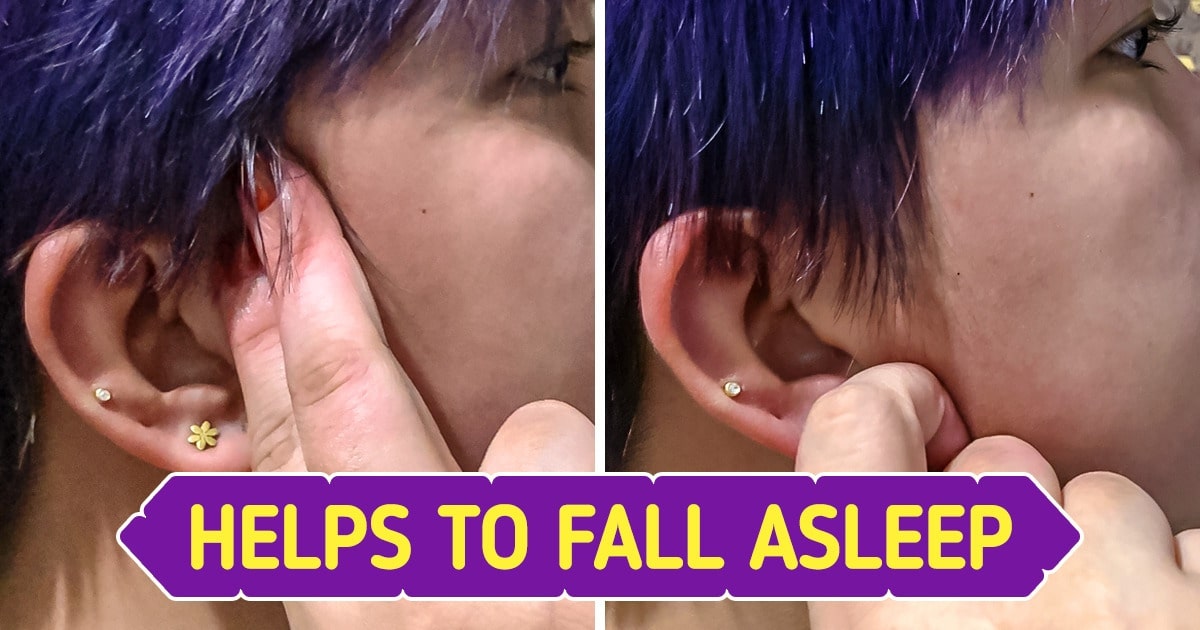Staying healthy during the cold season can be a challenge, but with the right habits, you can significantly lower your risk of getting sick. In this comprehensive guide, we explore eight unconventional yet SEO-optimized habits that claim to help you avoid illness when the weather turns frigid. Drawing on insights from reputable sources such as the CDC and Mayo Clinic. Remember, the suggestions provided here are for informational purposes only. Always consult a healthcare professional before making any significant changes to your health routine.
Enhance Your Nasal Defense with Pre-Exposure Nasal Drops
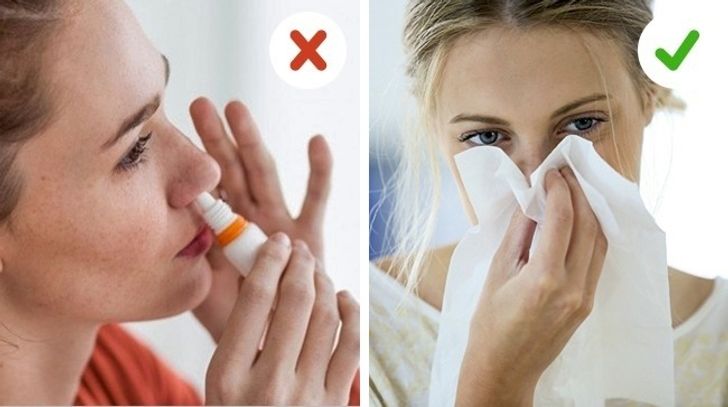
One of the first steps in preventing illness in cold weather is to maintain a strong nasal barrier. Using nasal drops before heading outdoors can help lubricate the nasal passages and reduce the risk of irritants and pathogens entering your respiratory system.
Nasal drops, especially those containing saline or essential natural extracts, help keep your nasal passages moist and less susceptible to viruses. This simple habit may support your immune system by providing an extra layer of protection when you’re exposed to the chilly, dry air. Studies have shown that maintaining nasal moisture can prevent the drying out of mucous membranes—a condition that might otherwise make you more vulnerable to colds and flu.
For additional insights into respiratory health, check out WebMD’s guide on cold and flu prevention.
Controlled Mouth Breathing: Understanding Cold Weather Respiratory Strategies
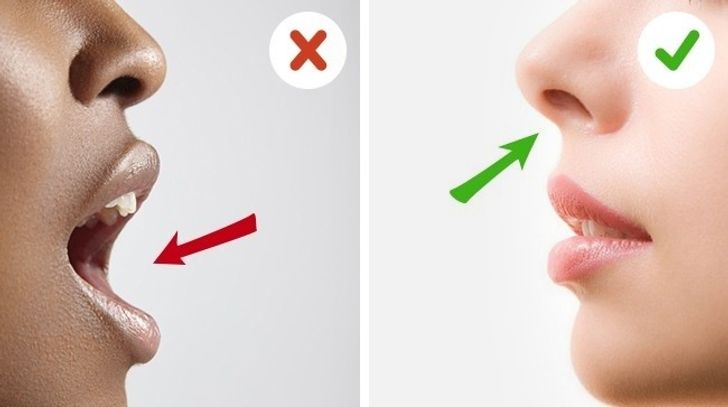
Contrary to popular advice to always breathe through your nose, some experts suggest that controlled mouth breathing during short periods in the cold may help you maintain oxygen flow and remain alert. While nasal breathing is ideal for filtering and warming the air, mouth breathing can serve as a quick solution when your body demands increased oxygen under strenuous activity.
However, it’s essential to note that prolonged mouth breathing is not generally recommended, as it can lead to dryness and increased exposure to harmful particles. Use this strategy judiciously, balancing it with nasal breathing for optimal respiratory efficiency.
For more detailed health advice on breathing techniques in cold weather, refer to resources available on the CDC website.
Shield Yourself from Cold Exposure: The Power of a Quality Scarf
Wearing a scarf is not only a fashion statement—it’s a crucial step in shielding your nose and mouth from the harsh cold. A well-chosen scarf acts as a barrier, trapping warmth around your face while reducing the direct contact of cold air with your skin and respiratory tract.
A quality scarf, especially those made from natural fibers like wool or cashmere, can maintain your body temperature and prevent the chilling effects of cold drafts. This habit is supported by experts who believe that keeping your upper respiratory area warm can reduce the risk of inflammation and infections.
For a deeper understanding of how proper clothing can influence your health during winter, visit Mayo Clinic’s seasonal wellness tips.
Instant Warming: The Critical Habit of Rushing Home at the First Sign of Shivering
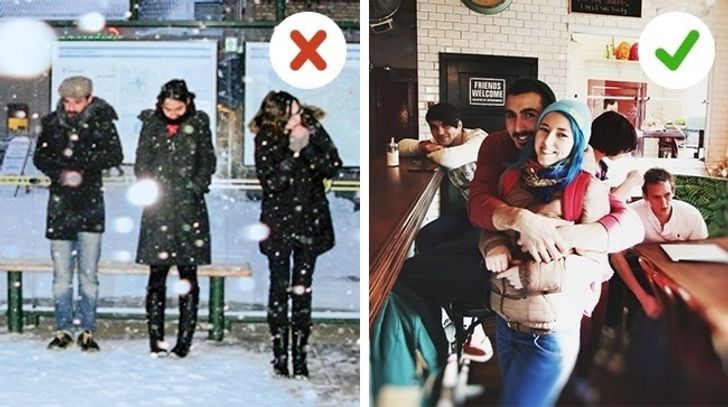
When you begin to shiver, your body is signaling that it is losing heat rapidly. Instead of ignoring these signals, consider making a swift decision to head indoors. Running home—or simply returning quickly to a warm environment—can prevent your core body temperature from dropping to dangerous levels.
This habit is all about listening to your body’s cues. Shivering is a natural response to cold, but it can also be a precursor to more serious conditions like hypothermia if left unchecked. By prioritizing warmth as soon as you notice shivering, you help maintain your body’s immune function and reduce the risk of getting sick.
For additional information on the dangers of prolonged cold exposure, review guidelines available on the CDC website.
Pre-Warm Your Body: The Benefits of Hot Beverages Before Exposure to Cold
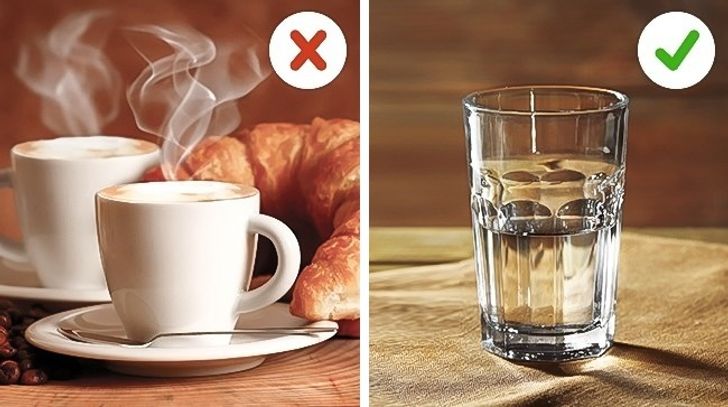
Drinking a hot beverage about 30 minutes before going out can serve as a powerful method to warm your body from the inside. A warm drink not only raises your core temperature but also helps stimulate blood flow and improve your overall circulation.
Herbal teas, green tea, and even a warm cup of water with lemon can be excellent choices. These beverages are often enriched with antioxidants and vitamins that boost your immune system and keep your body resilient against the harsh winter environment.
The practice of pre-warming with hot drinks is echoed in numerous wellness blogs and scientific studies alike. For more expert advice on the benefits of hot beverages, check out Healthline’s article on winter wellness.
Strategic Fasting: Evaluating the Impact of Minimal Eating in Cold Weather
The concept of “going hungry” in cold weather might sound counterintuitive, but some emerging theories suggest that controlled fasting may promote cellular repair and boost metabolic efficiency. Strategic fasting can encourage your body to enter a state of autophagy, where it recycles old cells and strengthens your immune defenses.
It’s important to emphasize that this practice should be approached with caution. Fasting should be done under professional supervision, especially in extreme weather conditions, to ensure that it does not compromise your overall health. This strategy is often compared to intermittent fasting trends, which have gained traction for their potential benefits in weight management and metabolic health.
To learn more about the pros and cons of fasting, you may want to explore resources from Harvard Health Publishing or WebMD.
Lock in Moisture: Why Pre-Exposure Skin Cream is Crucial for Cold Weather Protection
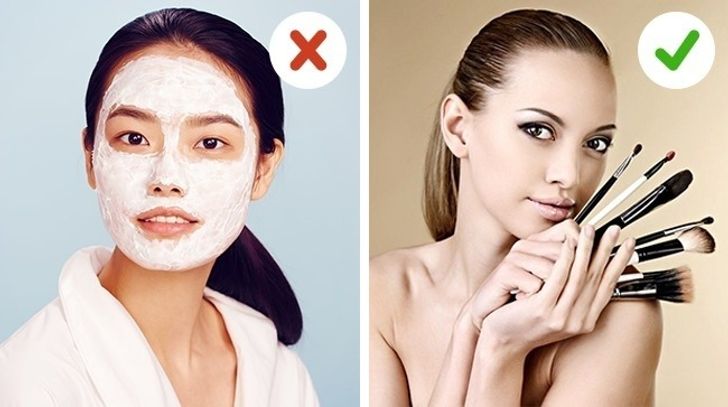
Cold weather can wreak havoc on your skin by stripping away moisture and causing dryness or even cracks. Applying a rich, emollient cream immediately before heading out is an essential step to lock in moisture and protect your skin from the biting cold.
A high-quality moisturizing cream creates a barrier that not only prevents moisture loss but also defends against windburn and irritation. Ingredients such as hyaluronic acid, shea butter, and vitamin E are popular in creams designed for winter use. These ingredients help maintain skin elasticity and overall health, ensuring that your skin remains resilient even under harsh conditions.
For further reading on winter skincare, the American Academy of Dermatology provides comprehensive guidelines and tips.
Safe Warmth: Evaluating the Use of Alcohol for On-the-Go Heat

The idea of warming up with alcohol in cold weather is one of the more controversial habits discussed here. Alcohol can create a sensation of warmth by dilating blood vessels, but this effect is superficial. In reality, alcohol may actually lower your core body temperature by promoting heat loss once the initial warmth subsides.
It’s crucial to understand that while a small sip might offer momentary relief from the cold, relying on alcohol as a primary method of warming up can be dangerous. Instead, consider safer, more effective methods such as physical activity or consuming warm beverages.
For reliable information on alcohol consumption and its effects on your body, review the CDC’s guidelines on alcohol use.
A Comprehensive Approach to Winter Wellness
Integrating these eight habits into your daily routine may provide you with unique advantages during the cold weather months. While some of the suggestions—like using nasal drops and covering up with a scarf—are well established in cold weather health practices, others, such as controlled mouth breathing or strategic fasting, represent emerging ideas that require further exploration and professional advice.
Holistic Health Considerations
Achieving winter wellness is not solely about individual habits but rather about creating a comprehensive strategy that addresses multiple aspects of your health. This involves not only protecting your respiratory system and skin but also ensuring your body receives proper nutrition and rest. Adequate sleep, regular exercise, and a balanced diet are key pillars that support these habits and contribute to a stronger immune system.
Emphasizing Preventive Measures
Preventing illness in cold weather is best approached through preventive measures. Rather than waiting for symptoms to appear, adopting these proactive habits can serve as a shield against the potential onslaught of winter bugs. Incorporating these practices into your daily life reinforces your body’s natural defenses, helping you stay active and healthy during the most challenging parts of the season.
Final Thoughts: Integrate, Evaluate, and Adapt
Incorporating these eight habits into your winter routine could offer a unique pathway to enhanced wellness during the cold weather months. However, it’s important to tailor these strategies to your personal health needs and consult with professionals when in doubt. Whether it’s through pre-exposure nasal care or ensuring your skin is well-protected, every small step can contribute to a healthier, more resilient you.
Remember, the goal of these practices is not to replace conventional medical advice but to complement it. For those who are curious about alternative ways to boost their immune system, this guide provides a starting point for experimentation and self-care. Always monitor how your body responds to these habits and adjust accordingly.
As you navigate the winter season, let your commitment to health drive your daily decisions. Embrace a holistic approach—one that includes proactive measures, informed choices, and the wisdom of expert sources—to ensure you remain vibrant and healthy, regardless of how low the temperatures drop.
By integrating these habits into your life, you’re not only investing in your own wellness but also creating SEO-rich content that stands out in the crowded online space.
Stay warm, stay healthy, and may your winter be filled with vitality and strength.
Preview photo credit Wallpapers Craft, Depositphotos
